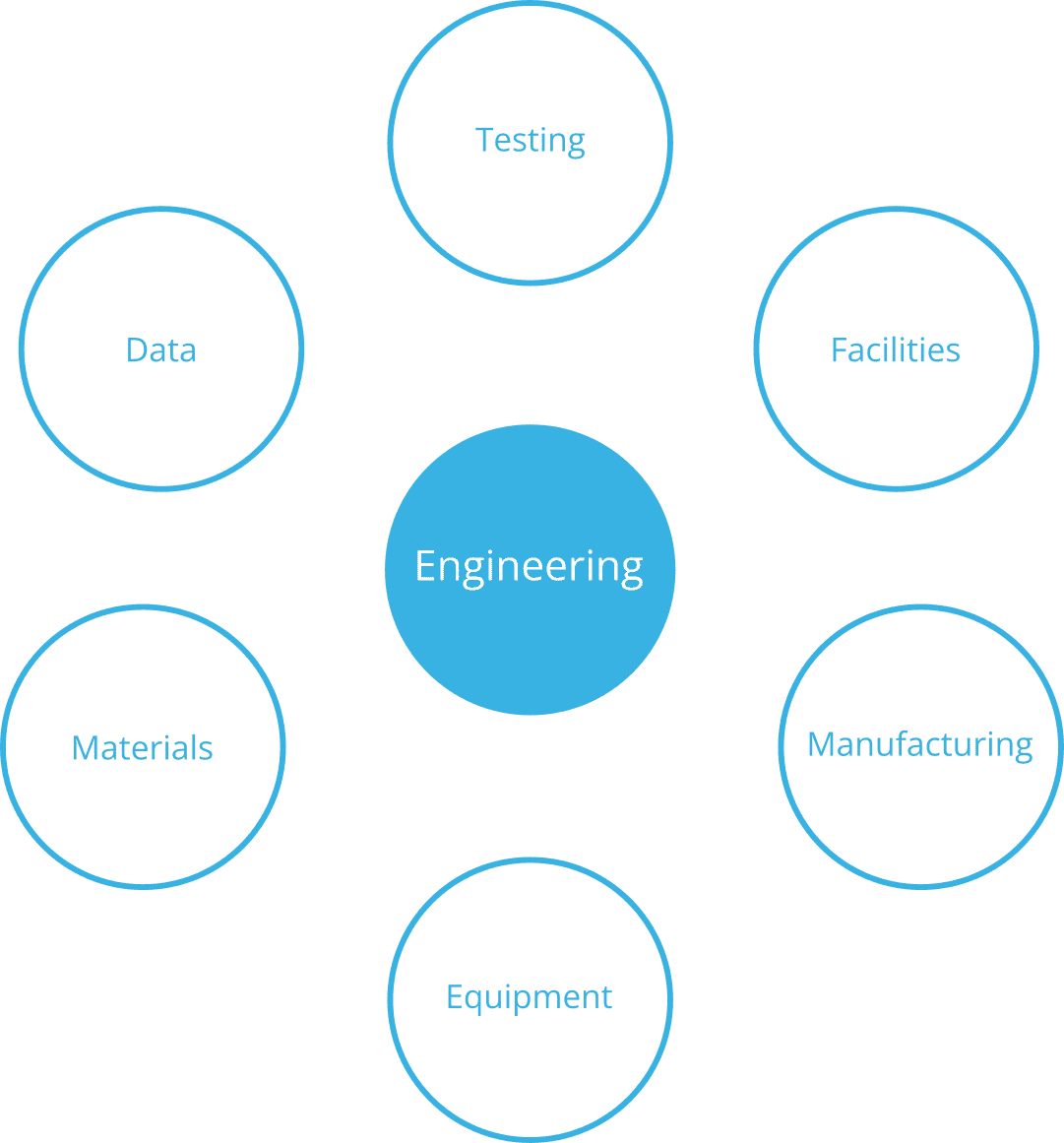
Our lightweight engineering services

Lightweight design:
Holistic optimization
Lightweight design is a design philosophy that realizes functions of a component or system with a low amount of mass. In ultra-lightweight design, the aim is to minimize the weight of a component – even at additional cost. Economical lightweight design principles attempt to achieve a balance between the achievable degree of lightweight construction and the associated costs.
Lightweight design makes use of special design principles and methods, modern materials such as carbon fiber reinforced plastic (CFRP), material-specific simulation methods and innovative manufacturing and testing processes. This makes lightweight design a cross-sectional engineering discipline that requires a deep understanding of design, materials, manufacturing processes and analysis methods. The approaches are often characterized by interdependent optimizations.
Projects in lightweight design are often characterized by high complexity and higher development costs compared to the development of non-lightweight components, as a large number of solution variants have to be designed, analyzed and evaluated in order to find a preferred solution in terms of cost and weight.
Why is lightweight design relevant and where is it used?
Components or systems realized in lightweight design are generally characterized by lower energy consumption during use or by a significantly better power-to-weight ratio. This makes lightweight design relevant wherever low energy consumption is crucial, such as in the aerospace industry or in highly competitive industries where high performance is a decisive criterion. This is the case, for example, in motor racing, (precision) mechanical engineering or medical technology.
In addition, successful lightweight design implementations often become technical enablers, as the maximum load-bearing capacity of other system components must not be exceeded. For example, large-area gripper structures in automotive engineering, large load-bearing structures or lightweight construction measures are increasingly being used in construction applications.
In recent years, lightweight design has played a predominant role in mobility applications, as emissions and energy consumption are reduced with low vehicle weights. Intelligent multi-material lightweight design, which makes use of the right material in the right place, paves the way for cost-efficient e-mobility, hydrogen drives and micro-mobility applications.
What role do composite materials such as carbon (CFRP) play in lightweight design?
Fiber reinforced composites represent a class of materials in which, unlike isotropic materials such as aluminum or steel, the material properties are determined by the selection and orientation of the reinforcing fibers. Fiber reinforced composites, such as carbon fiber-reinforced plastics, can therefore be tailored to specific applications.
This makes it possible to develop highly efficient and high-performance structures that significantly outperform other materials in terms of their mass-specific properties. Fiber reinforced composites also offer other advantages such as corrosion resistance, radar transparency for applications in medical technology or for military applications and a virtually unlimited range of feasible sizes.
At the same time, tailoring the properties requires a high level of expertise in terms of material selection, specification, process- and material-specific design and application-specific production planning.

How can CIKONI support you with lightweight design?
CIKONI is a development partner for lightweight design. Our team of lightweight design engineers covers all the important domains of lightweight design from design to simulation, testing, joining technology and production automation. This means that customers from all industries can work with CIKONI to obtain high-quality lightweight construction solutions from a single source.
As a total solution provider, we can offer tailor-made solutions from conception to series production. Several innovation awards in the industry (JEC Award, German Hightech Champion Award, AVK Innovation Award, ESAFORM Industrial Research Award, Lightweight Design Thinking Award, …) underline our claim to innovation. Over 100 successful projects on five continents with leading technology companies from all sectors demonstrate our standing in the industry as a leading partner in the lightweight construction sector.
Feel free to contact us. Together with our consultants and engineers, we will develop a non-binding proposal for you.

Our references in lightweight design:
Leading technology companies
From start-ups to Fortune 500 companies – from Brazil to Japan: CIKONI is a trusted partner of leading global technology corporations.
Expertise On Demand.
We would be happy to discuss your CFRP lightweight design challenges with you. Contact us today to receive your individual proposal.
